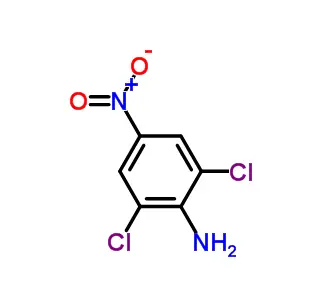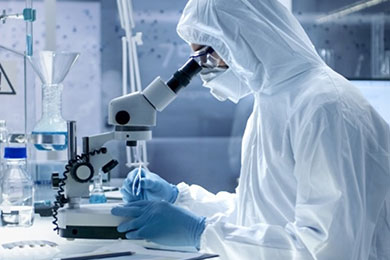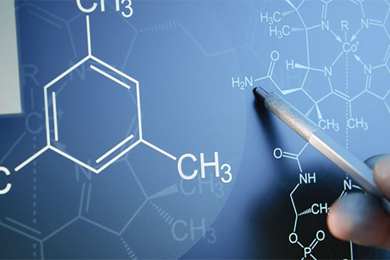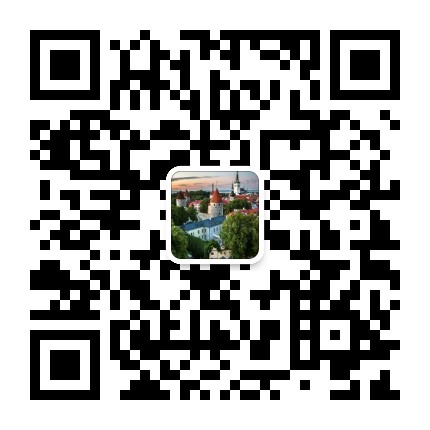
Search

Search

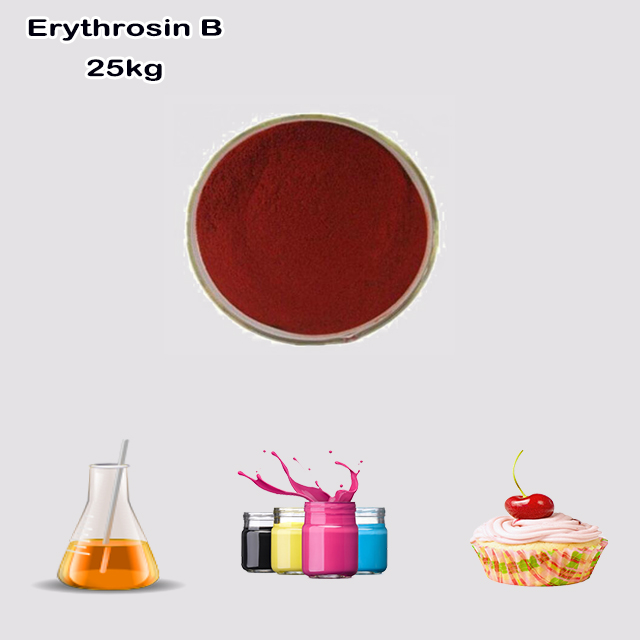
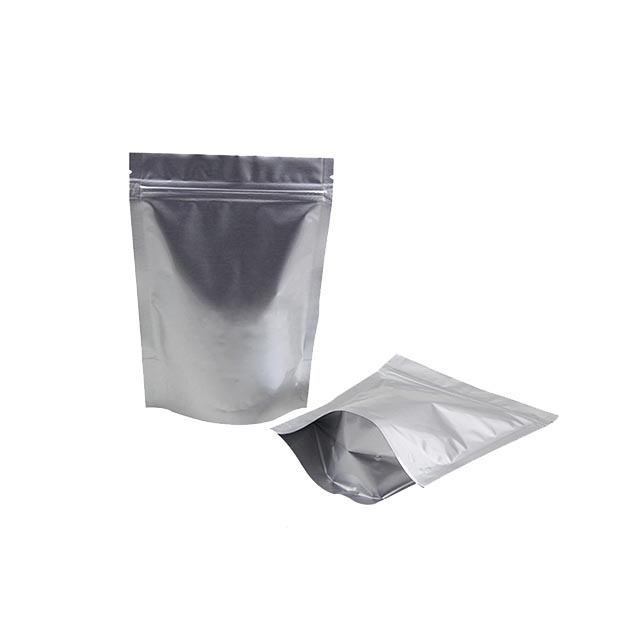
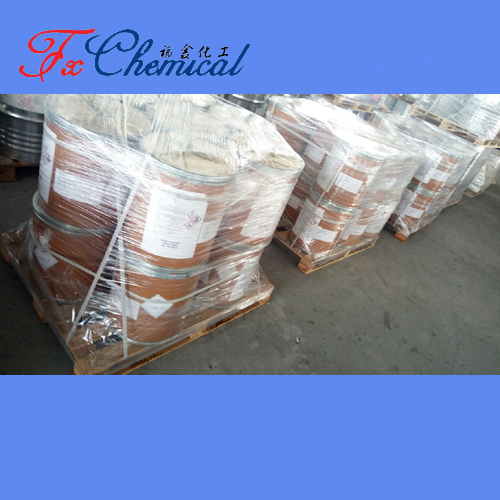
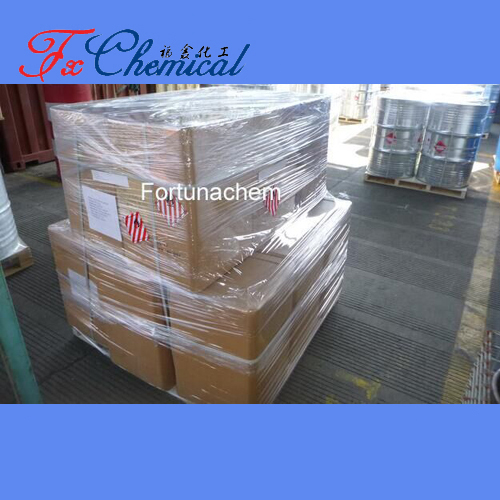
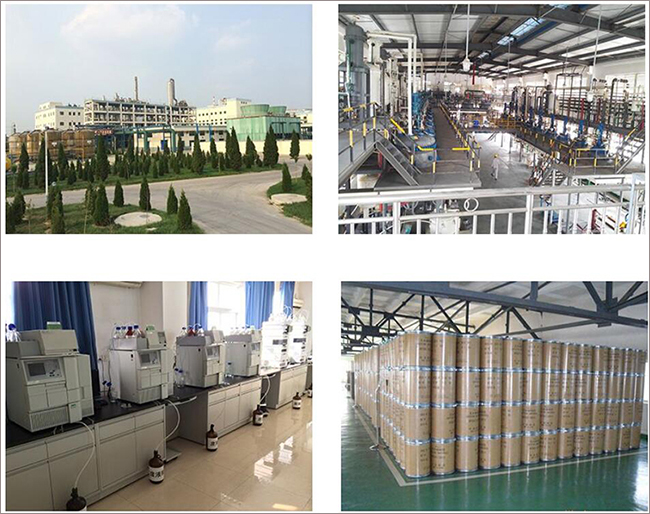





Erythrosin B (Erythrosine, FD&C Red No. 3, E127) is a synthetic cherry-red food dye and biological stain, chemically a sodium salt derived from four iodine atoms.
Key Uses:
Coloring candies, icings, canned fruits, cosmetics, and pharmaceuticals.
Dental plaque disclosing agents (stains plaque bright red).
Formerly used as a biological stain.
Safety Concerns:
Contains iodine, linked to potential thyroid disruption in high animal doses.
Associated with hyperactivity in sensitive children (EU requires warnings).
Can cause photosensitivity.
Approved in food (with restrictions/ADI of 0.1 mg/kg/day) but banned in eye-area cosmetics in the US/EU.
Erythrosin B (also known as Erythrosine or FD&C Red No. 3) is a synthetic organoiodine compound primarily used as a vivid cherry-pink or red food dye and biological stain. Here's a detailed breakdown:
Chemical Identity:
Classification: Xanthene dye.
Chemical Formula: C₂₀H₆I₄Na₂O₅ (Disodium salt form, the most common).
Key Feature: Contains four iodine atoms, responsible for its intense color and some of its biological activity/concerns.
Appearance: Reddish-brown powder or granules.
Solubility: Highly soluble in water, yielding a fluorescent cherry-red solution. Less soluble in ethanol. Insoluble in non-polar solvents.
Color Index: CI 45430.
E Number: E127 (EU food additive code).
CAS Number: 16423-68-0.
Primary Uses:
Candies (especially cake decorations, gummies, hard candies)
Icings and frostings
Canned fruits (like cherries)
Desserts
Sausage casings
Some beverages
Food Coloring: Its bright, stable red color makes it popular for:
Cosmetics: Used in lipsticks, blushes, nail polishes, and other makeup.
Pharmaceuticals: Used to color pills, capsules, and ointments.
Dentistry: Used in dental plaque disclosing tablets or solutions to stain plaque biofilm bright red, making it visible for removal.
Printing: Used in some inks.
Biological Staining: Historically used as a microscope stain for red blood cells and bacteria, though largely replaced by safer/more specific alternatives.
Safety and Controversy:
Regulatory Status: Approved as a food colorant in many countries (including the US as FD&C Red No. 3 and the EU as E127), but often with restrictions or warnings.
Thyroid Concerns: The iodine content is a significant concern. Studies in animals showed high doses could cause thyroid hormone disruption, goiter, and even thyroid tumors. While the relevance to humans at typical exposure levels is debated, it's a primary reason for caution.
Hyperactivity in Children: Like other synthetic food colors (e.g., tartrazine), Erythrosin B is implicated in studies linking it to increased hyperactivity and attention deficits in sensitive children. The EU mandates warning labels ("may have an adverse effect on activity and attention in children") on foods containing it (and other specified synthetic colors).
Phototoxicity: Can cause photosensitivity reactions (skin reactions to light) in some individuals, especially when used topically in cosmetics or dentistry.
Acceptable Daily Intake (ADI): Set at 0.1 mg per kilogram of body weight per day by JECFA (FAO/WHO) and EFSA. This relatively low ADI reflects the safety concerns.
Specific Bans: Banned for use in cosmetics applied around the eye in the US and EU due to specific toxicity concerns related to absorption and potential effects observed in animal studies (e.g., FDA banned its use in cosmetics and topical drugs in 1990 based on thyroid tumor data, though its food use remains approved).
In Summary:
Erythrosin B is a bright red synthetic dye commonly used in food, cosmetics, and dentistry (plaque disclosants). While approved for use in many applications, it faces significant safety scrutiny due to:
Potential thyroid disruption from its iodine content.
Links to hyperactivity in children.
Potential phototoxicity.
Historical animal study findings leading to some bans (like in eye-area cosmetics).
Its use is therefore regulated, often requiring warning labels (especially in the EU), and it has a relatively low acceptable daily intake compared to some other dyes. Consumers, especially those with thyroid issues, young children, or sensitivities, may choose to avoid it.

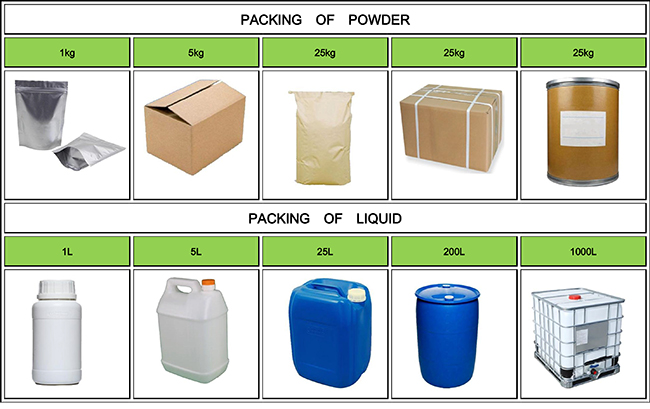


Fortunachem Provides Not Only Professional Chemical Products But Also Professional Help
Keeping you up-to-date with all the latest information, news, and events about Fortunachem!

Quick Links
Add:
E-mail:
 English
English  Español
Español  français
français  العربية
العربية 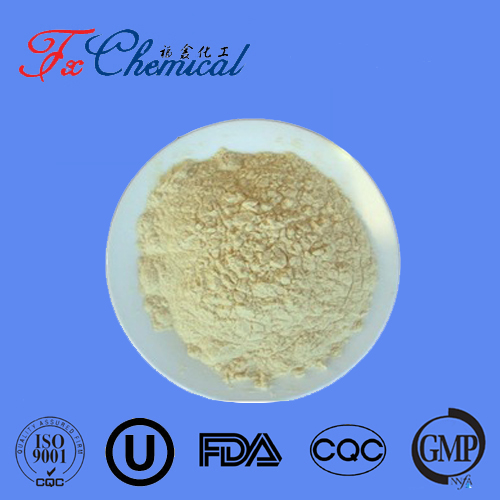
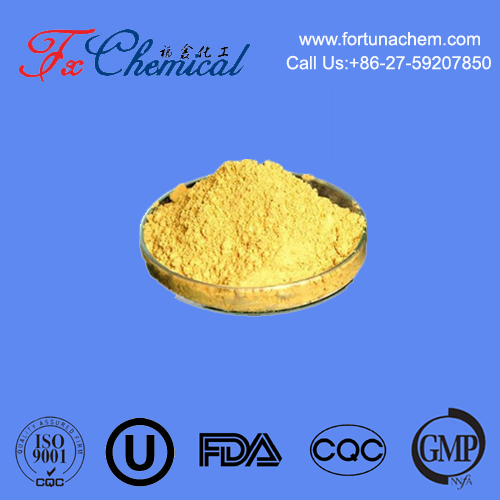
![5-[(2-Hydroxyethyl)amino]-o-cresol CAS 55302-96-0 5-[(2-Hydroxyethyl)amino]-o-cresol CAS 55302-96-0](/uploads/image/20220225/17/pigment-dyestuff_1645780152.jpg)
